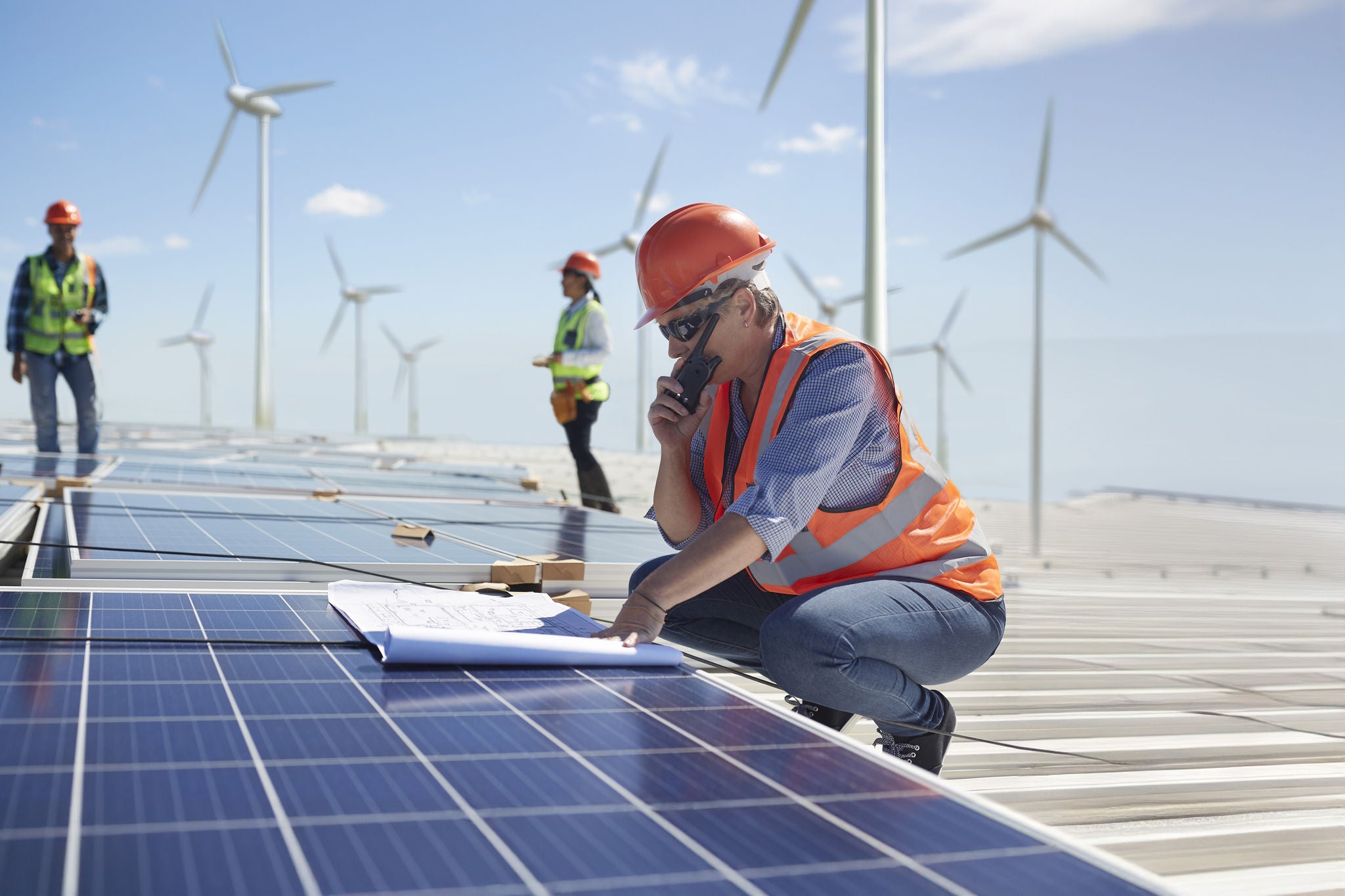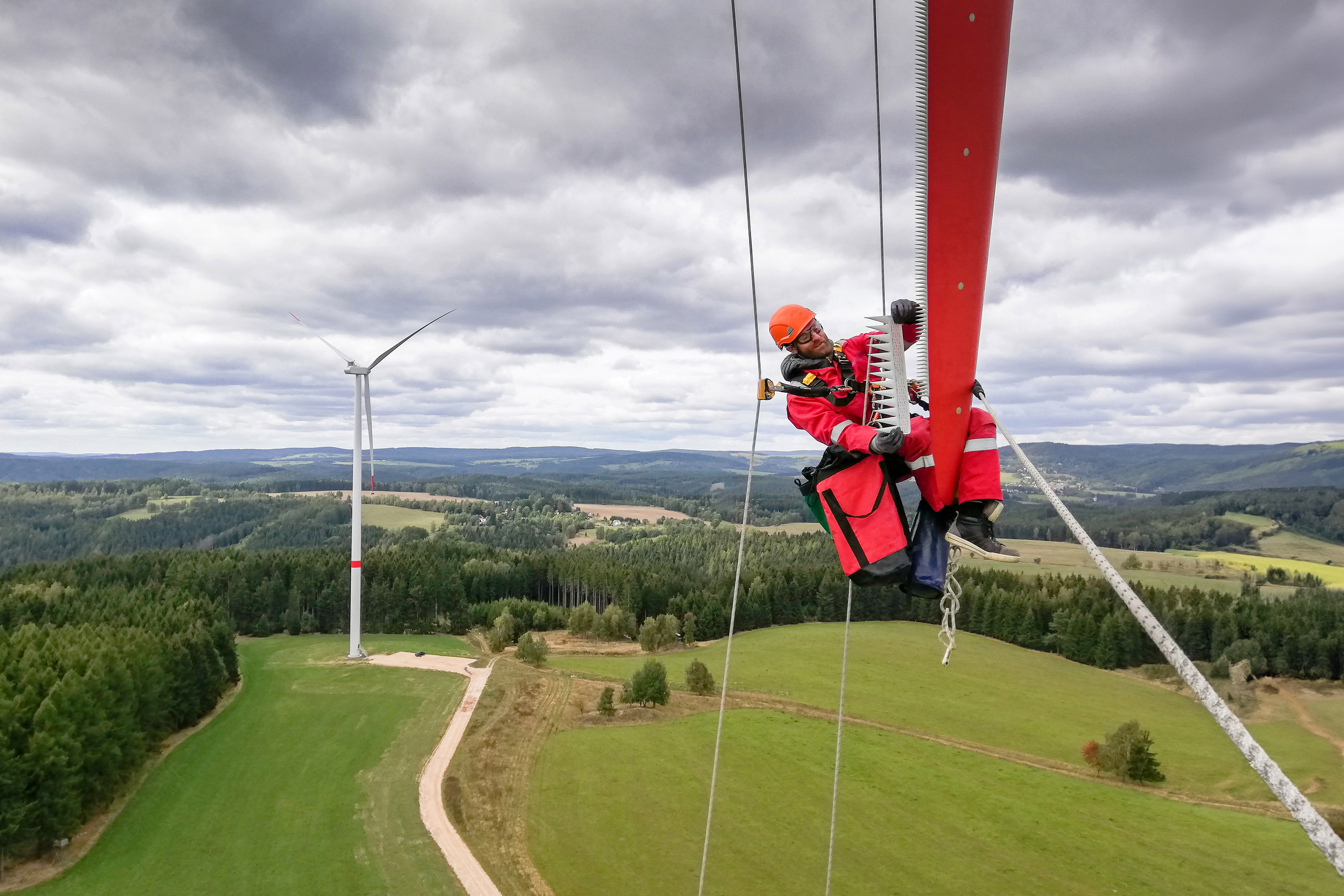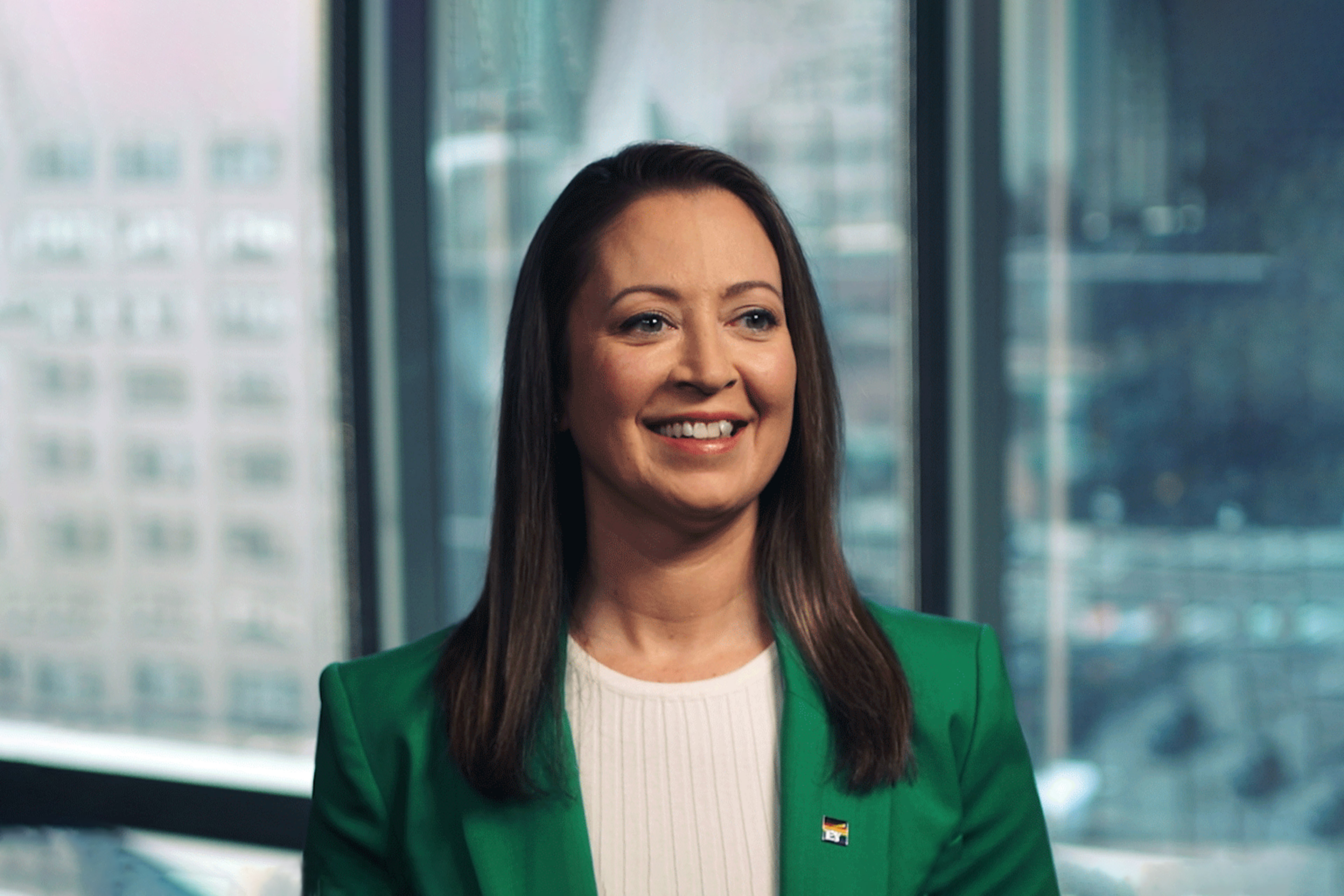EY refers to the global organization, and may refer to one or more, of the member firms of Ernst & Young Global Limited, each of which is a separate legal entity. Ernst & Young Global Limited, a UK company limited by guarantee, does not provide services to clients.

Key takeaways from the latest EY US-hosted discussion on the EPA program, including what recent award notices mean and what to expect next.
In brief
- Panelists representing public and private sector organizations participated in the Solar for All discussion organized by Ernst & Young LLP (EY US).
- Generally speaking, they highlighted three key opportunities and four potential implementation challenges for recipients of the EPA awards.
Solar for All (SFA) grant applicants that were recently approved for funding received notification of award from the Environmental Protection Agency (EPA) in April 2024 – and are now planning their programs and preparing for launch. In a recent discussion hosted by Ernst & Young LLP (EY US), panelists from public and private sector organizations shared insights and answered questions from grant applicants and members of the SFA ecosystem.
Following are key takeaways from the resulting white paper, aimed at helping award recipients navigate program design and implementation.
1. Key opportunities
a. Tax credits – For approximately 40% of individuals from predominantly low- and moderate-income (LMI) households and disadvantaged communities (DACs), the benefits of clean energy tax incentives have been out of reach for lack of the tax liability or up-front financial flexibility necessary to claim a credit and wait for reimbursement.
- To help address this challenge around Section 48 investment tax credits, the Inflation Reduction Act (IRA) authorizes monetization via either corporations selling the credits, or a direct-pay option allowing non-profit entities and government agencies, including states, to own residential solar assets and lease them back to otherwise ineligible households.
b. Workforce development – Today many states lack the workforce to handle the expected increase in demand for solar panel installation. SFA allows for 25% of awarded funds to be used on nontechnical efforts, which can include workforce development programs such as partnerships with higher education institutions and labor groups to provide training and reach a diversity of contractors.
- Award recipients’ investment in workforce development partnerships and programs can have several co-benefits, including increased community trust, a boost to economic development, and increased solar adoption in target communities.
c. Leveraging SFA funds effectively – A key pillar of SFA allows award recipients to leverage private markets and capital to further the impact of awarded public funds. There is an opportunity to bundle and securitize SFA loans as a means to engage with financial markets (similar to mortgage-backed securities packaged by Fannie Mae and Freddie Mac), thus creating a secondary market that can extend the impact of SFA and increase the speed by which the initial funds deployed can be “recycled” back into newly established programs.
- There is room for creativity and innovation for award recipients to engage with the private sector and multiply the impact of their SFA programs.
2. Noteworthy implementation challenges
a. Regulatory landscape – The state regulatory context around residential and community solar varies significantly. While some states have favorable policies (including shared renewables legislation enacted in 24 states), others have policies that may prevent implementation of certain aspects of SFA, including restrictions on third-party ownership of community solar equipment or unfavorable net metering policies. Award recipients in states that lack favorable solar policies will face additional hurdles in standing up SFA programs.
b. Program creation and management – It is likely that award recipients will need to stand up several new multi-stakeholder programs to achieve SFA objectives. Programs may be created to serve specific households, target communities or project types. Each program is likely to have unique factors (e.g., financial structures, public policy, regulatory environment), which should be considered during program design.
c. Deploying SFA funds – Disbursing solar financing to LMI households and DACs will be a challenge, given that financial institutions today rely on credit scores (e.g., FICO) to inform consumer lending decisions. While part of SFA’s intent is to make capital available to LMI households and DACs that could otherwise not access traditional lines of credit, there is still the challenge of mitigating default risk when deploying SFA-funded loans or lease products.
- Award recipients can look to partner with organizations already doing similar work (such as green banks, community development financial institutions (CDFIs) and community development credit unions), as well as traditional lenders, and take inspiration from innovative solutions that are already in the market.
d. Ecosystem education – Realizing the full potential of SFA demands comprehensive education and engagement across all ecosystem players. To achieve this objective, there is a need for tailored education to specific stakeholders, including target communities, labor and contractor communities, non-profits, CDFIs and local governments. Education about SFA is paramount to both program adoption and delivery.
Collaboration is key to the success of Solar for All programs. Many award recipients will be operating in uncharted territory and launching first-of-their-kind programs; open collaboration and knowledge-sharing can make these programs a success.
Download the white paper for more insights
Summary
Solar for All brings opportunities such as workforce development and a chance for low- or moderate-income homes to benefit from clean energy tax incentives for the first time. Potential obstacles range from regulatory to program creation and management. But according to the EY white paper on key takeaways from the recent panel discussion, collaboration and knowledge-sharing can help grant recipients bring their visions to life successfully.
How EY can help
-
Americas and US Tax Policy at Ernst & Young LLP is a one-stop resource for insights on national and state tax reform, tax policy, regulatory changes and legislation.
Read more -
Getting ready for global minimum taxes: EY can help you evaluate the impact on your organization and develop a robust, actionable plan. Learn more.
Read more
Related articles
US Tax Incentives for Hydrogen: A Clean Energy Solution
Learn how the government is incentivizing US companies to focus on hydrogen production as it’s a growing alternative energy source since the IIJA and IRA were enacted.
Tax and sustainability: three things tax directors should think about
Opportunities for ESG funding are out there – if you know where to look. We can help reveal the possibilities in recent tax laws. Learn more.





